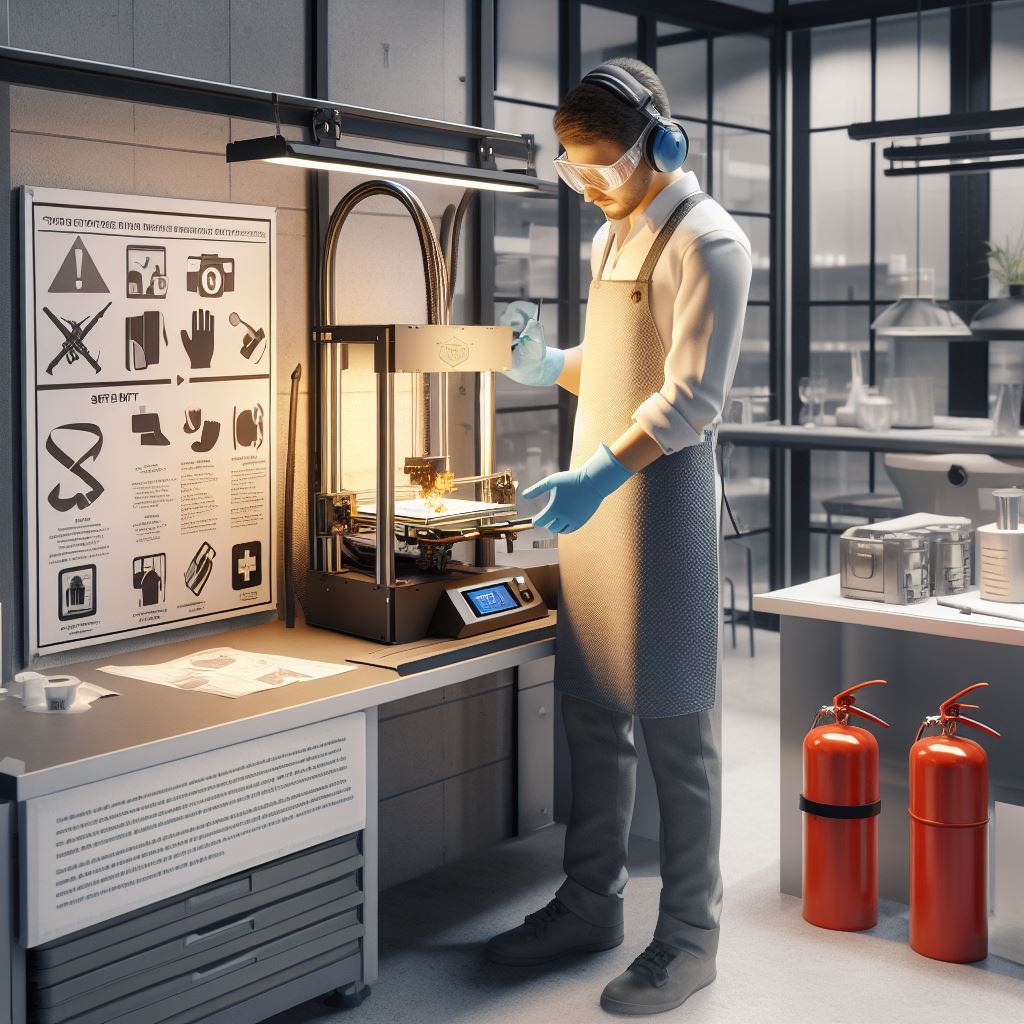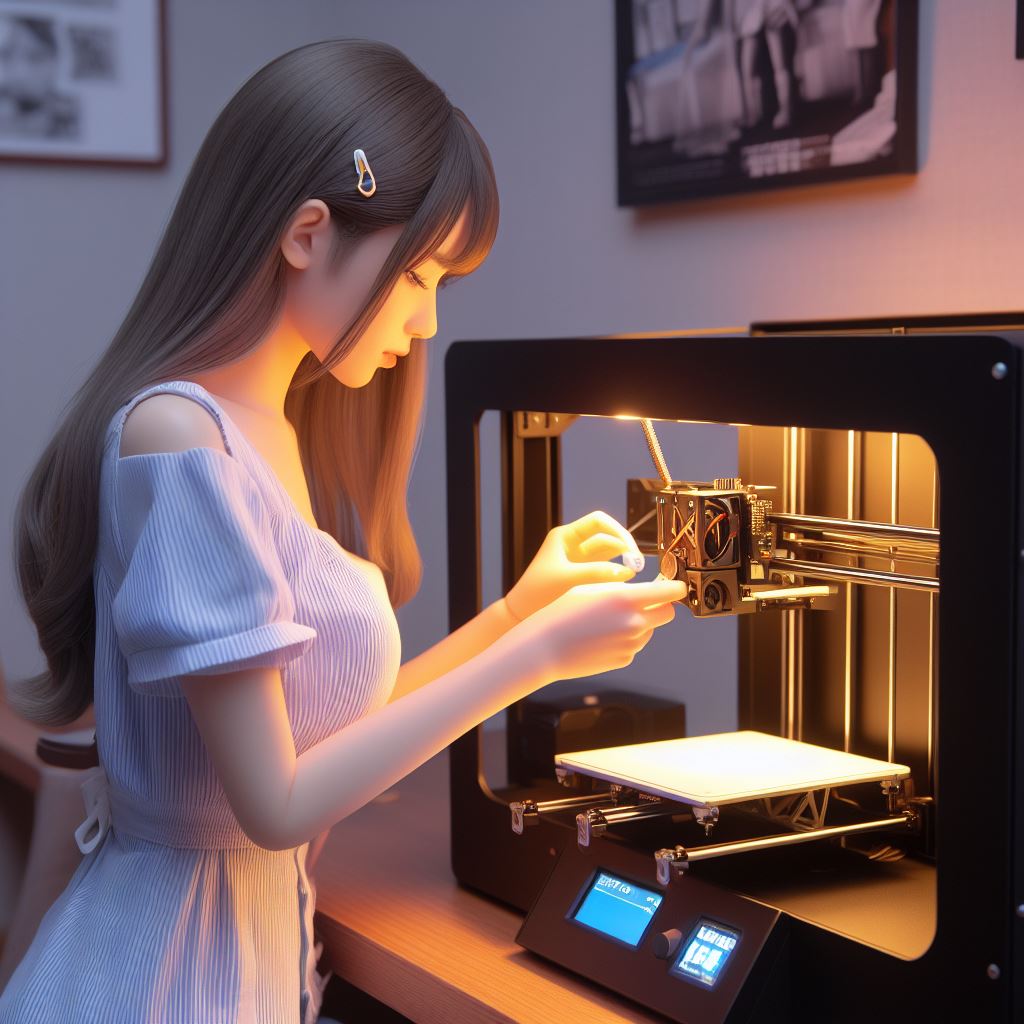3D printing has revolutionized the manufacturing industry, allowing individuals and businesses to create intricate and customized objects with ease. However, it is important to remember that 3D printing involves the use of high temperatures, volatile materials, and moving parts, which can pose safety risks if not handled properly. To ensure a safe and successful 3D printing experience, here are 10 critical safety tips to keep in mind:
1. Choose a Well-Ventilated Area

When operating a 3D printer, it is crucial to work in a well-ventilated area. 3D printers can emit fumes and particles that may be harmful if inhaled. Ensure that your workspace has proper ventilation or consider using a fume hood or air purifier to minimize exposure to potentially hazardous substances.
2. Wear Protective Gear

Always wear appropriate protective gear when working with a 3D printer. This includes safety glasses or goggles to protect your eyes from flying debris, gloves to shield your hands from hot surfaces, and a lab coat or apron to protect your clothing from spills or splashes.
3. Familiarize Yourself with your 3D Printer

Before operating a 3D printer, take the time to thoroughly read the user manual and familiarize yourself with the machine's features and safety precautions. Understanding how the printer works and its potential hazards will help you make informed decisions and prevent accidents.
4. Keep Flammable Materials Away
Flammable materials, such as solvents or aerosol sprays, should be kept away from the 3D printer. The high temperatures involved in the printing process can pose a fire risk if flammable substances are present nearby. Store these materials in a separate, designated area.
5. Monitor the Printing Process

Never leave a 3D printer unattended while it is in operation. It is important to monitor the printing process to ensure that everything is running smoothly and to address any issues that may arise promptly. This will help prevent accidents and minimize the risk of fire or other hazards.
6. Use the Correct Filament
Make sure to use the correct filament for your 3D printer. Using the wrong type of filament can lead to clogs, malfunctions, or even damage to the printer. Always check the manufacturer's recommendations and specifications for the compatible filaments.
7. Keep your 3D Printer Clean
Maintaining a clean printer is essential for safe and efficient operation. Regularly clean the printer's exterior, build plate, and nozzle to remove any dust, debris, or leftover filament. This will help prevent contamination and ensure optimal printing results.
8. Handle Hot Components with Caution
Many parts of a 3D printer, such as the extruder nozzle and heated bed, can reach high temperatures during operation. Exercise caution when handling these components and avoid touching them directly. Always use appropriate tools or wear protective gloves to prevent burns or other injuries.
9. Store 3D Printing Filaments Properly
Proper storage of filament is crucial to maintain its quality and prevent potential hazards. Store filament in a cool, dry place, away from direct sunlight and moisture. This will help prevent filament degradation and reduce the risk of filament-related issues during printing.
10. Educate Yourself on Emergency Procedures
Lastly, familiarize yourself with the emergency procedures for your 3D printer. In the event of a fire, power outage, or other emergencies, knowing how to safely shut down the printer and handle the situation can make a significant difference. Be prepared and have fire extinguishers and other safety equipment readily available.
By following these 10 critical safety tips, you can ensure a safe and enjoyable 3D printing experience. Remember, safety should always be a top priority when working with any type of machinery or equipment.




Leave a comment
This site is protected by hCaptcha and the hCaptcha Privacy Policy and Terms of Service apply.